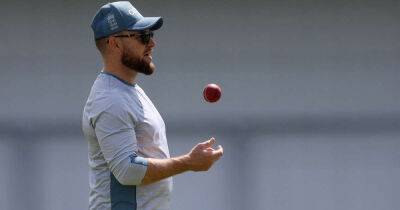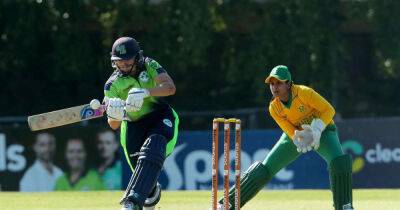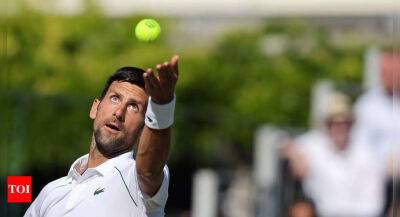Cricket’s historically tempestuous relationship with TV persists to modern times
Cricket’s intertwined relationship with television has travelled a tempestuous path. It began tentatively in Britain in June 1938 when an England versus Australian Test match at Lord’s was transmitted by the British Broadcasting Corp. from north London over a 20-kilometer radius. Only 7,000 TV sets existed, radio being the main channel of live, mass coverage.
World War II brought a halt to the transmissions and, when cricket resumed in 1946, India was the visiting team. Amidst great excitement, the BBC, and the Marylebone Cricket Club, cricket’s governing body, resumed negotiations over the conditions for transmission. It is apparent that tensions existed.
Administrators were concerned that transmission of the whole day’s play could deter spectators from attending. The broadcaster argued that television created and maintained wider public interest in the game, to its benefit. It also wanted to be able to place its cameras and equipment in favorable positions but the relinquishing of space, which would otherwise seat spectators, did not sit well with the MCC.
As a result, the issue of how to value sport in return for live media coverage became an early point of contention.
In 1946, a compromise was reached. In return for £135 for three days of one Test at Lord’s, the BBC agreed to show no more than three hours of cricket per day, starting no earlier than 2:30 p.m.
In the immediate post-war years, cricket enjoyed record crowds, while cinema attendances also boomed. This gave rise to another concern for the MCC – that of the possibility for the rediffusion of TV footage in cinemas and on TV – which, in turn, raised copyright issues on which there was a lack of regulatory guidelines.
The number of UK TV licenses had







